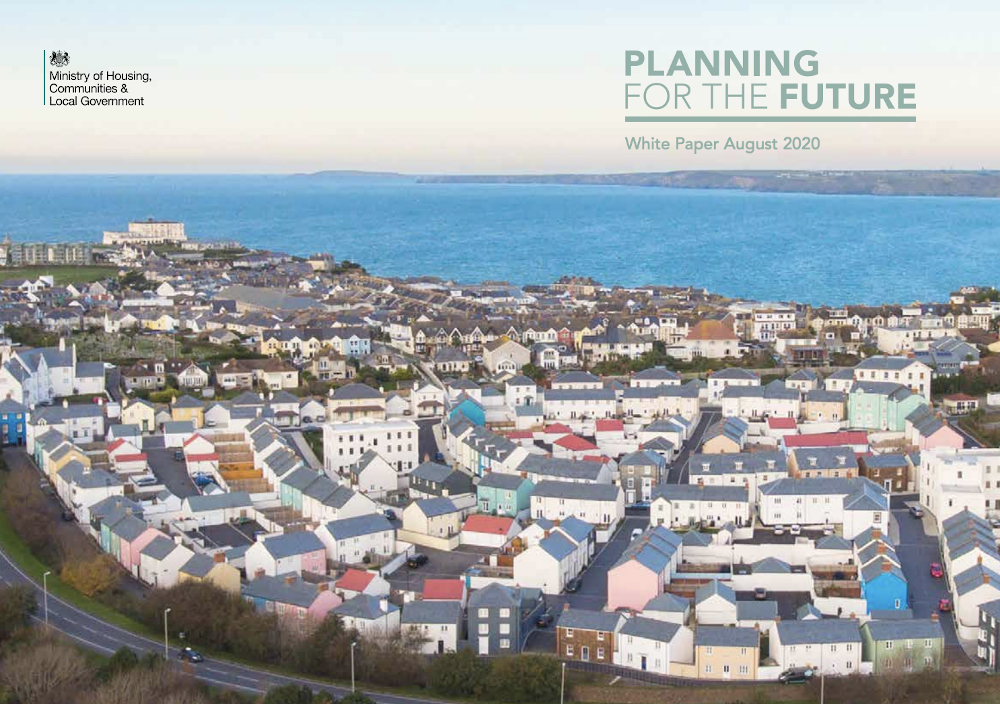The Planning for the Future consultation ended on the 29.10.20, and NaCSBA was please to represent the voice of Custom and Self Build, as well as SME housebuilders in its consultation response.
While the proposals put forwards are radical, the measures put forward by the Planning for the Future White Paper could represent good news for the custom and housebuilding sector.
NaCSBA’s consultation response put forward considerations for how the new three zone system could be implemented:
- Growth Areas – “suitable for substantial development”,
- Renewal Areas “suitable for development” which covers brownfield and existing built development and infill, and
- Protected Areas, where more stringent controls will be in place.
The changes proposed are extreme, and have drawn much criticism across the sector, but the reforms are much needed to remedy what is widely recognised as a ‘broken’ system. However, NaCSBA is clear that the zone system must be carefully thought through, especially the relationship between protected and renewal areas.
NaCSBA believes that for the nation to Build Back Better, custom and self build must be part of a wider strategy of housing diversification, that provides space for plots in the growth areas, but that doesn’t limit the incremental growth that delivers so many self build homes. This is essential to ensure that organic growth can continue, proportionally.
Equally, NaCSBA’s response raises the need for design codes to be forward looking, and not become pattern books that only look to history and preventing new styles and vernaculars from emerging.
Andrew Baddeley-Chappell, NaCSBA CEO writes in the response: “We believe that the ‘mapping and zoning’ approach that is being proposed presents a sound basis for change, in particular when it is accompanied by an appropriate structure to facilitate the right amount of the right housing being delivered.
“Design codes are well established within self and custom build and are an effective mechanism to ensure that the homes that are delivered are appropriate to their surroundings.”



